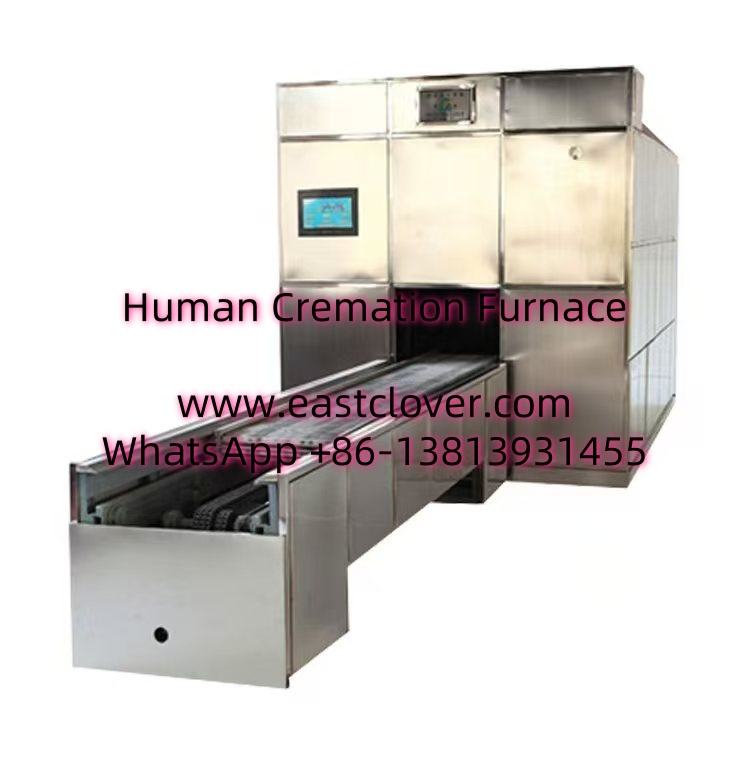Introduction
Cairo, a megacity of over 20 million residents, faces significant risks from disasters such as earthquakes, floods, and industrial accidents. Traditional methods of managing casualties, including temporary morgues and mass burials, often fall short during large-scale crises, leading to public health risks and logistical challenges. Mobile cremation furnaces offer a groundbreaking solution to these issues, enabling rapid, dignified, and efficient management of human remains while aligning with cultural and environmental considerations.
Disaster Risks in Cairo
Cairo’s dense urban fabric and aging infrastructure make it vulnerable to:
- Natural Disasters: Earthquakes along unstable fault lines and seasonal Nile flooding.
- Human-Made Crises: Industrial accidents, fires, and terrorist attacks.
In such scenarios, overcrowded morgues and delayed burials can exacerbate the spread of disease and emotional trauma among survivors.
Limitations of Traditional Methods
Conventional approaches struggle to address:
- Logistical Delays: Slow identification and burial processes.
- Public Health Risks: Decomposition poses contamination risks.
- Cultural Sensitivities: Islamic traditions prioritize swift burial, which may be impractical during mass casualties.
Mobile Cremation Furnaces: A Modern Solution
These portable units are designed for rapid deployment and feature:
- High-Temperature Incineration: Efficiently reduces remains to ashes within hours.
- Emission Control Systems: Advanced filters minimize air pollution.
- Modular Design: Transportable via truck or helicopter to disaster sites.
Benefits include rapid processing, reduced disease transmission, and flexibility to respect cultural practices by returning ashes to families when burial is not immediately feasible.
Implementation in Cairo
Deploying this technology requires:
- Infrastructure Adaptation: Navigating narrow streets and coordinating with local authorities.
- Cultural Collaboration: Partnering with religious leaders to ensure practices align with Islamic principles, emphasizing temporary use during emergencies.
- Training Programs: Educating emergency responders on ethical and operational protocols.
Community Engagement
Transparent communication is critical to overcoming stigma. Strategies include:
- Public workshops addressing misconceptions about cremation.
- Involving community leaders in crisis planning.
- Highlighting the temporary, necessity-driven use of cremation to preserve public health.
Case Study: Hypothetical Earthquake Scenario
In a simulated 7.0-magnitude earthquake, mobile furnaces could:
- Process remains onsite, reducing morgue overload.
- Prevent groundwater contamination from mass graves.
- Allow families to collect ashes for later burial, adhering to cultural norms.
www.southclover.com
Mobile cremation furnaces represent a vital innovation for Cairo’s disaster response framework. By combining speed, efficiency, and cultural sensitivity, this technology addresses critical gaps in crisis management while safeguarding public health. Proactive investment and community collaboration will be key to successful implementation.
FAQs
How does cremation align with Islamic practices?
While traditional Islamic practices favor burial, cremation may be temporarily adopted during emergencies to prevent disease. Religious authorities can endorse its use as a last resort.
Are mobile furnaces environmentally safe?
Modern systems include filters to capture pollutants, meeting international emissions standards.
How quickly can units be deployed?
Furnaces can be operational within 2–4 hours of arrival, depending on setup complexity.
What is the cost compared to traditional methods?
Initial costs are higher, but long-term savings come from reduced logistical and public health expenses.
Can families recover ashes for burial?
Yes—ashes are stored securely and returned to families once conditions stabilize.

Comments are closed